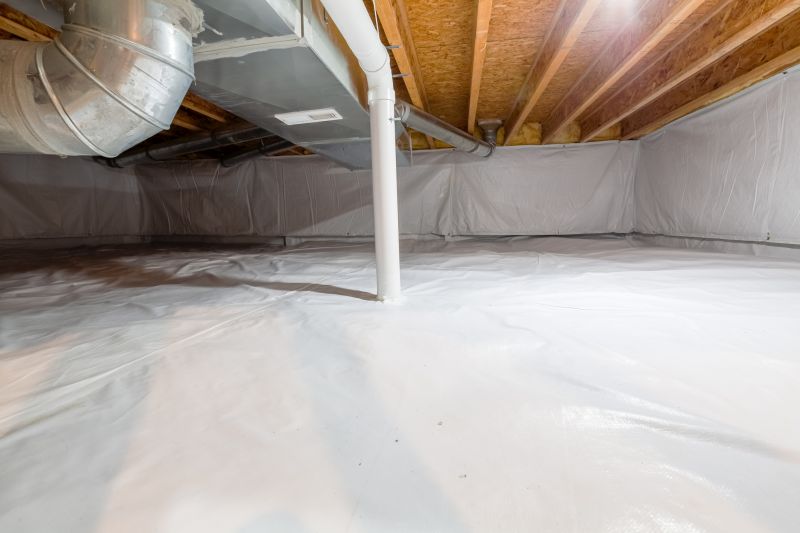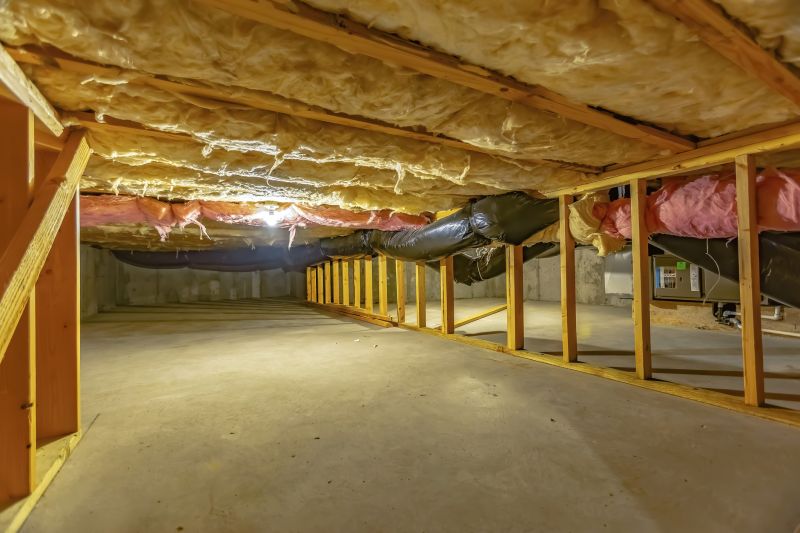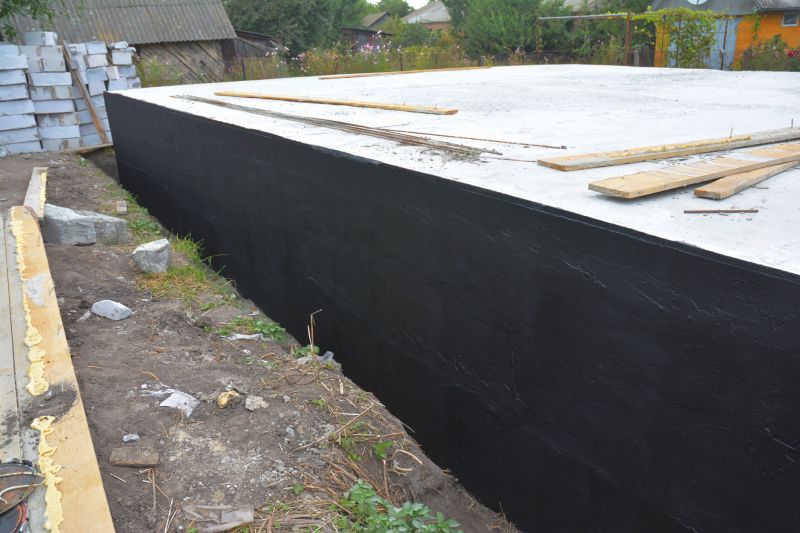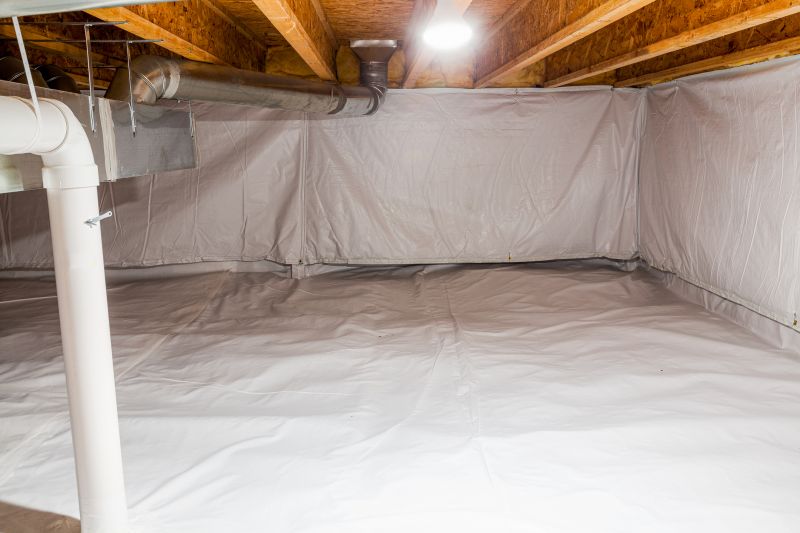Improve Indoor Air Quality with Crawlspace Encapsulation
Crawlspace encapsulation involves sealing and insulating the crawlspace to prevent moisture intrusion, improve air quality, and enhance energy efficiency. Proper encapsulation can significantly reduce the risk of mold growth, wood rot, and pest infestations, which are common issues associated with unsealed crawlspaces.
Encapsulation creates a barrier against ground moisture, preventing water vapor from entering the crawlspace and reducing mold growth.
Sealing the crawlspace minimizes air leaks, leading to lower heating and cooling costs.
Reducing mold and dust mites improves indoor air quality, contributing to healthier living environments.
Encapsulation helps protect the foundation and wooden structures from moisture-related damage.

A sealed and insulated crawlspace with vapor barriers and proper ventilation.

Interior view showing insulation and vapor barriers installed during encapsulation.

A clean, sealed crawlspace with durable vapor barriers and insulation.

Close-up of vapor barriers and sealing materials applied during the process.
Not encapsulating a crawlspace can lead to increased moisture levels, which promote mold growth, wood rot, and pest infestations. Studies indicate that unsealed crawlspaces can contribute to indoor humidity levels exceeding 60%, fostering unhealthy conditions. Additionally, unsealed crawlspaces can cause energy losses of up to 15%, raising utility bills. Proper encapsulation reduces these risks, creating a healthier and more energy-efficient home environment.
| Dangers of Not Encapsulating | Potential Consequences |
|---|---|
| Moisture Intrusion | Mold growth, wood rot, structural damage |
| Poor Indoor Air Quality | Increased allergens, respiratory issues |
| Pest Infestations | Rodents, insects, and other pests |
| Higher Energy Costs | Increased heating and cooling expenses |
| Foundation Damage | Cracks, shifting, and deterioration |
